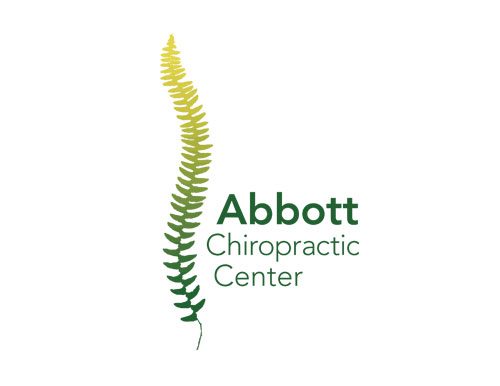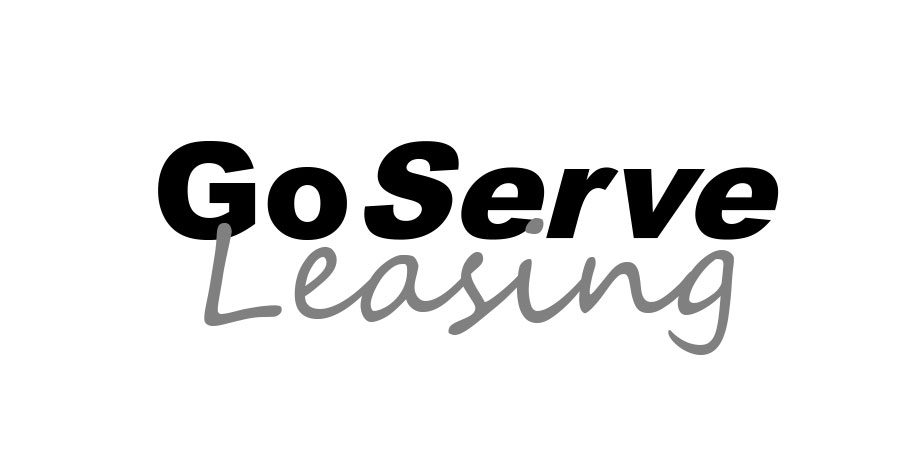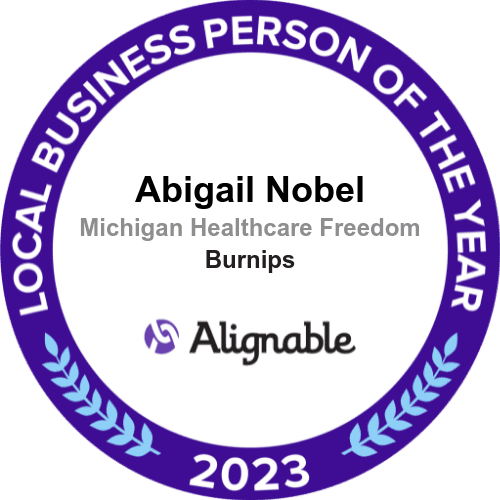
Michigan Advance reports on a presentation from Mengjie Lyu of U of M’s Economic Growth Institute to the House Education and Workforce Committee. They found health care occupations to provide top employment growth prospects in the coming 8 years, but noted licensing constraints [see pages 6 & 7 of the Breitner & Lyu PowerPoints] .
Ms. Lyu's presentation did not address the increasing unaffordability of health care, which will undoubtedly constrain employment growth as all payers get tapped out:
https://house.mi.gov/Document/?DocumentId=59752&DocumentType=CommitteeTestimony
Health care and data technology jobs predicted to increase, University of Michigan research shows
By Katherine Dailey - November 5, 2025Health care occupations, as well as data science and tech related jobs, are expected to see among the fastest growth in employment between now and 2032, according to a presentation from the University of Michigan’s Economic Growth Institute to the House Education and Workforce Committee on Wednesday.
“This reflects increasing demand for medical service, health care and data driven technologies,” said Mengjie Lyu, a senior researcher with the Economic Growth Institute.
For health care specifically, which is expected to increase by the highest number of jobs within the decade of 2022-2032 — nearly 47,000 jobs — Lyu added that this is “reflecting the impact of an aging population, the growing prevalence of chronic conditions, and higher levels of mental and behavioral health health service needs.”
On the other hand, mining is expected to decrease by the highest percentage of jobs in that time frame, while retail trade is expected to decrease by the greatest number of jobs.
Eight of the top 10 fastest growing occupations, Lyu noted, require at least a bachelor’s degree, and many require further education. The question of licensing and education was a further focus of the presentation.
“We definitely need this overview as we go into what other kinds of careers can we attach to a high school education, and how can we help students find their way earlier in their career track,” noted Rep. Nancy DeBoer (R-Holland), who chairs the committee.
“Michigan has fewer explicit occupational licenses than the national average,” Lyu stated. However, when looking at licensing barriers — additional requirements to do a job that are not directly attached to that career path — Michigan has significantly more than the national and regional averages.
“These licenses and license barriers are concentrated in four major occupation groups, including health care practitioners, technical construction and extraction, personal care and service, and community and social service,” Lyu added.
As for where job openings are coming from, the Economic Growth Institute’s research shows that, across industries, those are stemming from employees leaving a given industry — whether that be a career switch or retirement.
“In other words,” Lyu said, “the majority of available job postings are driven by replacement needs, rather than the net expansion of the occupations.”
“The top 10 occupations with the greatest annual job openings are primarily entry level service and support roles, such as food service retail and largely driven by turnover, rather than the net growth,” she added. “These roles typically require little formal education or experience and offer modest wages, highlighting the need for career development, design and retention strategies in entry level service jobs.”
Ashlee Breitner, the director of the Economic Growth Institute, added that she hoped that the data “will help inform policy discussions on education, licensing and talent development.”
Get MHF Insights
News and tips for your healthcare freedom.
We never spam you. One-step unsubscribe.







